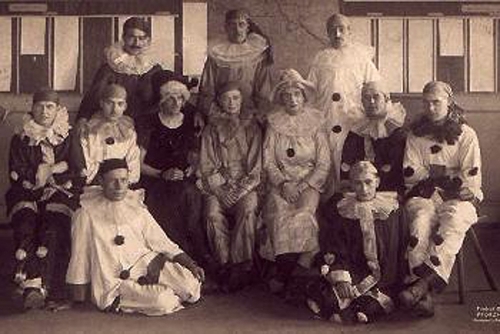We have all seen the re-enactment of P.O.W. theatricals in such productions as Bridge on the River Kwai (1957), Grand Illusion (1937) and, of course, Hogan’s Heroes (1965); however, judging from this article about allied prisoners of war incarcerated at the Ruhleban Prisoner of War Camp (Germany) we get a sense of how far off the mark those scenes were. The productions listed above all seem to suppose that P.O.W. performances were not too far removed from Vaudeville or the camp of the London Music Hall -yet this article from “Literary Digest” makes a World War I prisoner of war camp seem more like an arts festival than anything else.
If you are looking for an article that spells out how much more educated people used to be as compared to now, you might have found it.
Click here to read an article about the American POW experience during the Korean War.
Click here to read about American POWs during the Vietnam War.
Click here to read about sexually transmitted diseases among the American soldiers of the First World War…
Click here to read about the W.W. II Canadian POWs who collaborated with the Nazis.
KEY WORDS:
Documented W.W. I Prison Camp Entertainment,amateur plays performed in prisoner of war camps 1914 – 1918,amateur theatrics WW1 prisoner of war camps,amateur performances WW1 prisoner of war camps,P.O.W. plays at prisoner of war camps 1917,plays in POW camps 1917,British Actors as POWs 1917,people were more educated in the 1920s,POW Orchestras 1917,POW Performers 1917,POW actors 1917,POW artists 1917,article regarding W.W. I Prison Camp Entertainment 1914 – 1918










































